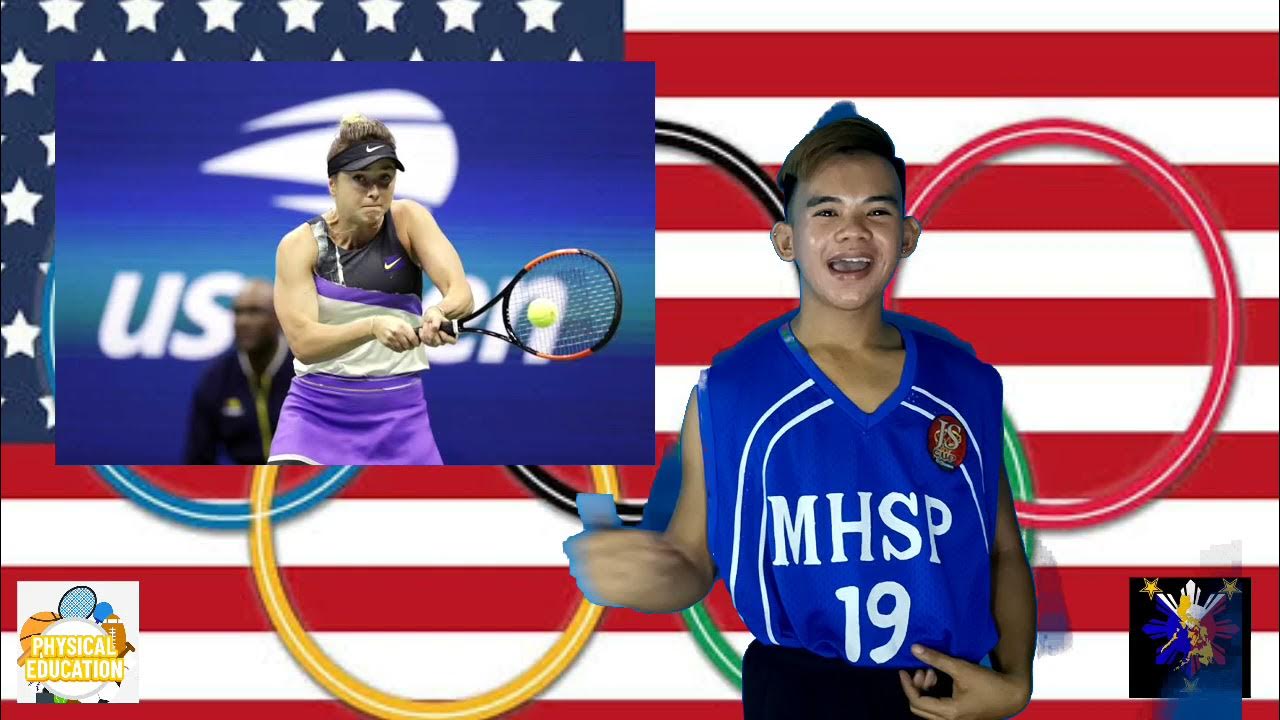Part 1 LIBERTAS 2024 Penerapan Model Pendidikan Olahraga di SMK Negeri 1 Manggis
Summary
TLDRThis video explains the application of the Sports Education Model (SAM), focusing on its use in physical education to simulate real sports experiences like leagues and tournaments. Over a semester, students engage in various basketball activities designed to develop their skills, collaboration, discipline, and sportsmanship. The model emphasizes movement tasks, core basketball skills, and ethical behavior in sports. Through structured lessons, including warm-ups, games, and group discussions, students progress from basic techniques to complex game scenarios, ultimately organizing and participating in a basketball league, Libertas, which fosters teamwork, leadership, and responsibility.
Takeaways
- 😀 The Sports Education Model (SAM Sport Education Model) is designed to simulate real sports environments like leagues or tournaments to educate students on being active and competent sports participants.
- 😀 The model focuses on teaching students discipline, ethical behavior, sportsmanship, and fair play through collaborative activities.
- 😀 The Sports Education Model is implemented over a semester, with structured activities such as group formation, meaningful orientation, games, and discussions at each session.
- 😀 Each session in the model includes core activities where students are assigned task cards with different movement activities to practice and exchange with peers.
- 😀 The first meeting focuses on basketball basics, including passing and playing in small group settings (2-on-1, 3-on-2, 3-on-3).
- 😀 In the second meeting, students practice dribbling techniques through various challenges to simulate real basketball game scenarios.
- 😀 The third meeting introduces shooting and pivot skills, using activities such as 2-on-1 shooting drills and 1-on-1 pivot and shooting practices.
- 😀 The fourth and fifth meetings teach attack and defense patterns, with exercises like lightning attacks, zone defense, and combination offense-defense drills.
- 😀 During the practical sessions, students engage in simulated games, applying learned patterns and techniques in modified basketball rules.
- 😀 In the final sessions, students organize and participate in a basketball league event, Libertas, where they take on various roles like match organizers, referees, and participants, fostering teamwork and leadership.
Q & A
What is the main goal of the Sports Education Model in physical education?
-The main goal of the Sports Education Model is to educate students to play an active role in sports activities, become competent, disciplined, and ethical sports participants, while fostering character values such as sportsmanship, ethical behavior, and fair play.
How long is the implementation of the Sports Education Model scheduled to last?
-The implementation of the Sports Education Model is carried out over a period of one semester.
What is the purpose of the initial meeting in the Sports Education Model?
-The first meeting focuses on group formation, meaningful orientation, discussion, and warming up through games to direct students toward the core activities that will be taught.
What is the core activity in the first meeting of the Sports Education Model?
-In the first meeting, the core activity involves studying and practicing movement activities through task cards, which teach students basic basketball techniques such as passing and participating in a 2-on-1 game.
What movement activities were practiced during the second meeting?
-In the second meeting, students practiced dribbling techniques, including dribbling the ball through a goal, dribbling for speed, dribbling in pairs, and dribbling the ball out of the box.
What skills were the focus of the third meeting?
-The third meeting focused on shooting skills and pivot movements in basketball, with students practicing shooting in a 2-on-1 game and pivoting while shooting.
What was the main objective of the warm-up game in the fourth and fifth meetings?
-The main objective of the warm-up game in the fourth and fifth meetings was to help students understand the boundaries and areas of the basketball court, including the baseline and free-throw line.
What attack and defense patterns were introduced in the fourth and fifth meetings?
-In the fourth meeting, students practiced attack patterns such as lightning attacks, break attacks, and free attacks. In the fifth meeting, students learned defensive patterns, including one-on-one defense and defense in different zones on the court.
What activity took place in the sixth meeting of the Sports Education Model?
-In the sixth meeting, students participated in organizing a basketball match called 'Libertas,' where they learned to take on various roles such as match organizers, referees, and committee members, while also competing in teams.
How are student roles divided during the 'Libertas' basketball match?
-During the 'Libertas' match, roles are divided into groups, with some students taking on the roles of match organizers, committee members, and referees, while others compete as players or support the event as part of teams, medical staff, or other supporting roles.
Outlines

This section is available to paid users only. Please upgrade to access this part.
Upgrade NowMindmap

This section is available to paid users only. Please upgrade to access this part.
Upgrade NowKeywords

This section is available to paid users only. Please upgrade to access this part.
Upgrade NowHighlights

This section is available to paid users only. Please upgrade to access this part.
Upgrade NowTranscripts

This section is available to paid users only. Please upgrade to access this part.
Upgrade NowBrowse More Related Video

Changing Trends & Careers in PE Unit 1 Detailed Oneshot Physical Education Class 11 CBSE 2025-26 🔥

Physical Education and Sports for CWSN Class 11 | Class 11 Physical Education Chapter 4 | 2024-2025

Changing trends and career in physical education | Chapter 1 | Class 11 | Physical education

HISTORY & DEVELOPMENT OF PHYSICAL EDUCATION IN PHILIPPINES | BPE111 | EDUARDO AMORA

Volleyball - History - Equipments - Basic Skills -Basic Rules //Quarter 2 // PE Lesson//

APRENDA IDENTIFICAR ENTRADAS COM MAIOR CHANCE DE GREEN
5.0 / 5 (0 votes)